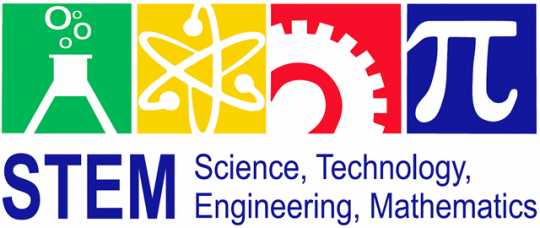Picture from https://www.globalstudentnetwork.com/steam-ideas-homeschool/
I first came across STEM in 2014 as the word started to appear here in Western Australia as well as other parts of the world via education and politics. Referring to Science, Technology, Engineering and Mathematics, it is an attempt at an a combined philosophy, emphasis and focus in keeping with the overall push for innovation and new thinking. It has become a real buzzword in politics and education in the last few years. Is there anything real behind it, particularly for primary educators like myself? To quote the NSW STEM website (see here) ;
STEM education is the learning of science, technology, engineering and mathematics in an interdisciplinary or integrated approach. Students gain and apply knowledge, deepen their understanding and develop creative and critical thinking skills within an authentic context. It may include inquiry and project-based learning.
A vibrant capacity in science, technology, engineering and mathematics (STEM) is pivotal to increasing our nation’s productivity.
“Australia’s STEM teachers at all levels, from primary to tertiary, must be equipped to deliver course content with confidence and inspiration, and develop all students to their full potential. Curricula and assessment criteria should prioritise curiosity-driven and problem-based learning of STEM – STEM as it is practised – alongside the subject specific knowledge that STEM requires.”
Professor Ian Chubb, Chief Scientist
Science, Technology, Engineering and Mathematics: Australia’s Future 2014
Certainly there is a lot of synergy between the four areas – though in WA, Engineering has always fallen under the Technologies banner and never really been a separate subject. It is still in the current curriculum, with Engineering principles and systems falling under the Design and Technologies part of the Technologies Curriculum.
A focus on Science and Maths is a good thing, certainly in my experience they are areas that can be neglected in Primary schools as most teachers tend to be much stronger on Literacy (English) than these 2 subjects. Engineering and Technology (outside of ICT) in the past also has really been a bit of an afterthought – though many schools have provided considerable time and resources for the use of ICT in teaching as a separate area.
Added to this recently has been a push to add the Arts to STEM to make a new acronym called STEAM. This article explains the concerns I have with this approach better than I can. It is true however that as someone who has worked in this area for years as well as now teaching it, there is a significant creative element to the activities and tasks we do. It is impossible to teach publishing or presentations properly without considering the use of design and creative elements like whitespace, for example. In creating photos or movies using technology, artistic merit can be as important as the technical competence.
Is this doing Art justice though? Or are we confusing the process and design elements with art elements? Art is a multifaceted and broad heading under which we as educators lump Dance, Music, Drama, Media and the Visual Arts all together. Are we right to combine all that with the STEM subjects too?
I started this article unconvinced that Art belongs with STEM. However, now I find myself wishing to be fair and note that technology is often heavily used in the creation of modern artworks. It is evident in Dance, Drama, Music and definitely in Media and Visual Art. In teaching technology, it is also true that it is a creative process and requires an understanding of many of the same principles and techniques that artists would be familiar with. Does this extend to the teaching of Science and Maths though?
Hopefully this current STEM / STEAM push will end up with better outcomes for our students. I not sure there is enough evidence yet. It is all food for thought, however, I would wonder though how many Maths teachers would be comfortable teaching art? Lucky us primary teachers are already adaptable and capable generalists I guess. Feel free to let me know your own thoughts.

Leave a Reply